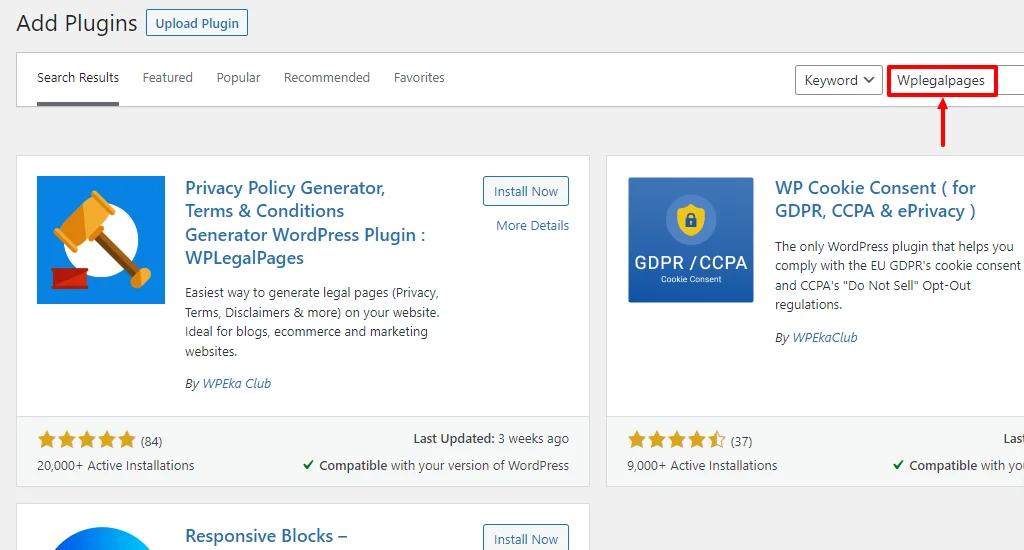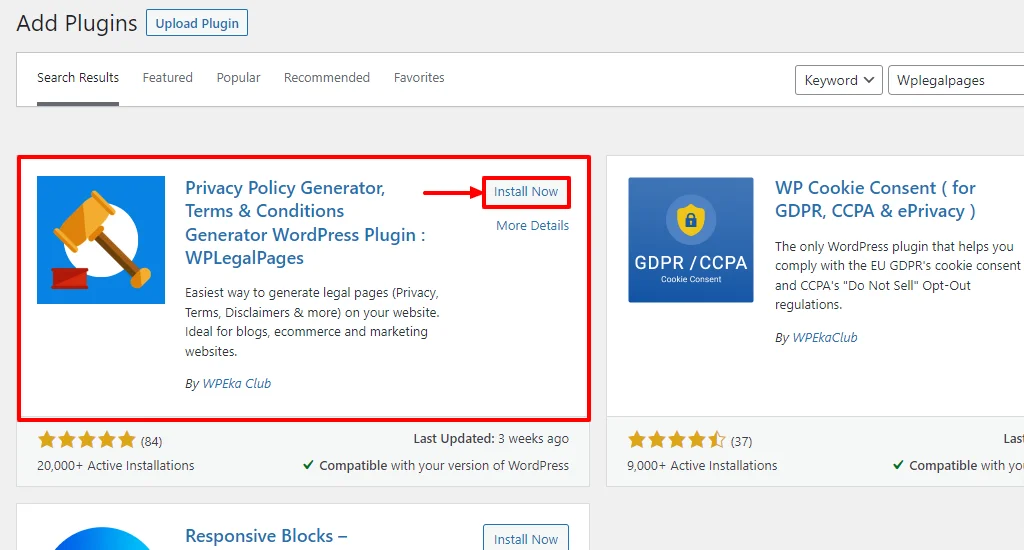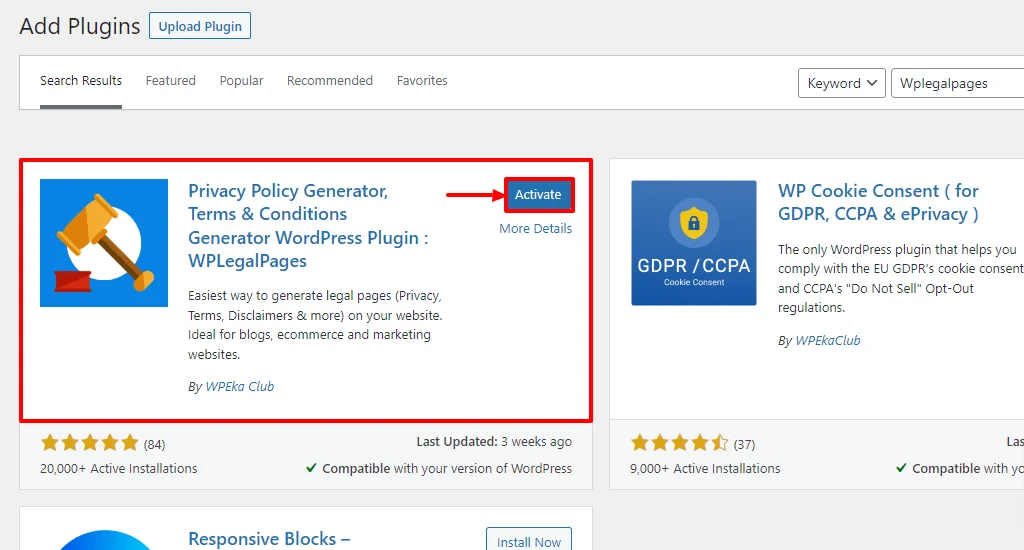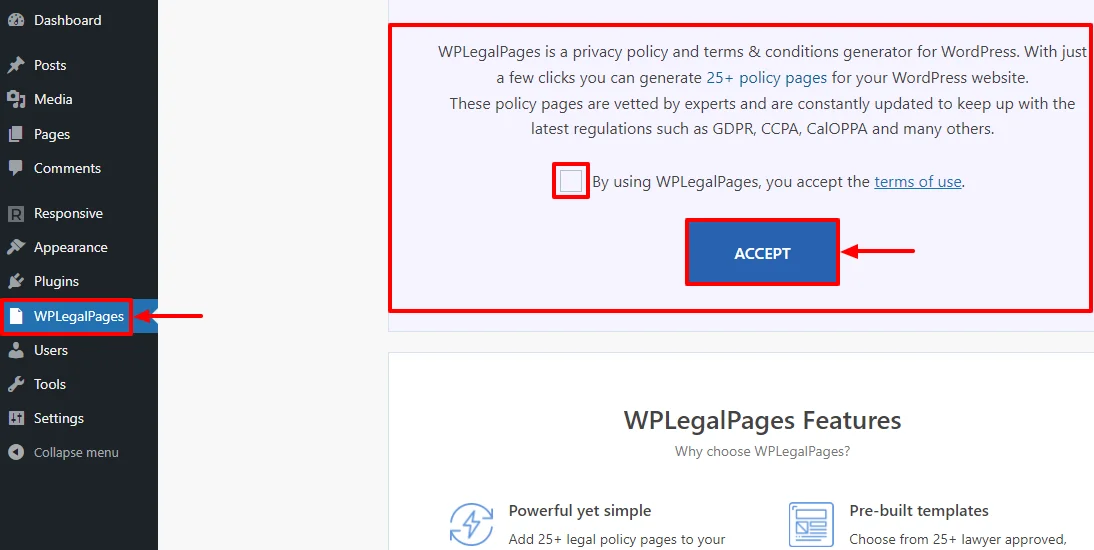Do you want to create a refund policy for your digital products?
Digital products are non-physical items existing in a digital form. Examples include ebooks, music, digital art, software, podcasts, webinars, etc.
They’re usually sent to customers through downloads or email, allowing businesses to deliver value without needing physical inventory.
A refund policy for digital products usually differs from that for physical goods.
So, here in this article, we’ll show you how to create a refund policy for digital products in the simplest way.
Without delay, let’s dive right in!
- What is a Refund Policy?
- Do You Need a Refund Policy for Digital Products?
- How Does Refund Policy for Digital Products Help Customers?
- Does a Refund Policy for Digital Products Help to Comply With Applicable Laws?
- Refund Laws in the United States
- International Return and Refund Laws
- What Should the Digital Product Refund Policy Include?
- How to Create a Refund Policy for Digital Products in WordPress
- Where to Display a Return and Refund Policy for Digital Products?
- Conclusion
What is a Refund Policy?

A Refund Policy is a vital component of the customer-business relationship, particularly when dealing with digital goods. It’s a document that outlines whether your business permits returns or refunds, specifies eligible items, and details the process for customers to initiate returns or refund requests.
For digital goods such as apps, games, and ebooks, where the intangible nature of the product adds complexity, this policy outlines the procedures, eligibility criteria, and customer responsibilities in seeking compensation.
The refund policy establishes a transparent framework that not only protects the interests of the business but also serves as a guide for customers navigating the process of return or refund for digital purchases.
Do You Need a Refund Policy for Digital Products?
Having a well-defined digital product refund policy is considered a best practice for your business. It offers customers a clear understanding of their rights and the recourse available in case of dissatisfaction.
For digital goods like apps or online courses, where you can’t physically touch what you bought, this guide becomes even more important. It tells customers what they can expect and helps the company follow the right rules. So, while you may not be forced to have one, it’s a good idea to create a guide so that everyone is on the same page.
Especially in jurisdictions with specific regulations regarding return policies, such as certain states in the U.S., a robust policy becomes crucial to prevent legal complications and demonstrate a commitment to fair business practices.
How Does Refund Policy for Digital Products Help Customers?
The Return and Refund Policy for digital products serves as an informative guide for customers, detailing the specific steps and conditions associated with returning or refunding digital purchases.
This not only empowers customers to make informed decisions but also positively influences their perception of the business. By understanding the options available for recourse, customers are more likely to engage confidently with digital products, contributing to a more positive overall customer experience.
The policy, therefore, acts as a communication tool, fostering trust and ensuring customers are well-informed about the process.
Does a Refund Policy for Digital Products Help to Comply With Applicable Laws?
Having a well-structured Return and Refund Policy is a proactive measure to comply with applicable laws.
While there might not be a federal mandate in the U.S., various states impose specific requirements on businesses, especially those with stringent return policies. Adhering to these laws not only safeguards businesses from legal consequences but also demonstrates ethical conduct.
Internationally, compliance with consumer protection laws in regions like the UK and EU becomes imperative, further emphasizing the importance of a robust policy to navigate the complexities of each digital product.
Refund Laws in the United States
In the United States, return and refund laws vary by state, and while there isn’t a federal requirement for a digital product refund policy, certain states mandate clear disclosure of such policies under specific circumstances.
For instance, California requires businesses with restrictive return policies to display them prominently.
Awareness of state-specific regulations is crucial for businesses to avoid legal issues and align with the diverse legal landscape within the country.
International Return and Refund Laws
Countries such as the United Kingdom and those in the European Union have established consumer protection laws that businesses must navigate.
For example, the UK’s Consumer Rights Act 2015 outlines consumers’ rights regarding faulty digital products. Understanding and complying with these international laws is paramount for businesses operating globally.
The EU’s Consumer Sales and Guarantees Directive similarly stipulates consumer rights concerning digital products, emphasizing the need for businesses to align with diverse regulations when offering digital goods in international markets.
What Should the Digital Product Refund Policy Include?
A refund policy for digital goods must include these conditions:
- Whether You Issue Refunds for Digital Products: Clearly articulate the business’s stance on issuing refunds for digital goods, specifying the form of refund and whether it is partial or full.
- Requirements/Conditions for Returns: Explicitly outline the conditions customers must meet to initiate a return for a digital product, including timeframes and eligibility criteria.
- Refund Costs/Fees: Communicate any associated costs or fees linked to the refund process, providing transparency and justifying the rationale behind such charges.
- Procedure to Initiate/Request a Refund: Clearly explain the step-by-step process customers must follow to initiate and complete a refund request, whether through direct contact, online forms, or specific links.
- Expected Refund Timeline: Inform customers of the anticipated timeline for receiving refunds, managing expectations, and fostering trust through transparency.
Now that you’ve gone through what to include in a return and refund policy let’s look at how to create a Return and Refund policy for your website.
How to Create a Refund Policy for Digital Products in WordPress
The best way to create a return and refund policy is to install a WordPress plugin. We recommend using the WP Legal Pages plugin as it is one of the best legal page generator plugins in WordPress.
With this plugin, you get access to 30+ premium legal page templates, which include popular ones like Privacy policy, Return and refund policy, Affiliate Disclosure, and more.
As our interest is in the Return and Refund Policy, we’ll look at how to create one using the WP Legal Pages plugin.
Install and Activate the WPLegalPages Plugin
To install WP Legal Pages plugin, follow these simple steps:
Head over to your WordPress dashboard. Hover over Plugins and click on the Add New menu.

Search for Wplegalpages in the search bar above.

Click on the Install Now button.

Next, click on the Activate button.

Next, accept the terms of use of the WPLegalPages plugin.

That’s it. You have successfully installed the WPLegalPages plugin. Next, you’ll need the plugin’s premium version to access the return and refund policy template.
To install the premium version, visit the WP Legal Pages plugin website and purchase the plugin. The premium plugin provides access to 30+ legal page templates, including the return and refund policy template.
Once you’ve purchased, you’ll receive the product zip file. Also, you will be able to view the API key and Product ID on the My Account Page of the website.

Now, go back to the WordPress dashboard, hover over Plugins, and click Add New. Next, click on the Upload Plugin button as shown and upload the zip file you’ve received. Once uploaded, click the Install Now button.

Click the Activate button.

After activating the pro plugin, select the Activate your License Key option. This will lead to a page where you must fill in the API key and Product ID.

Fill in the API key and Product ID shown on your My Account Page, and then click on the Save Changes button.

You’ve now completed the installation of the WPLegalPages Pro plugin. In the coming section, let’s look into creating a Return and Refund policy page using the WPLegalPages Pro plugin.
How to Create a Digital Goods Refund Policy
To create a Return and Refund policy using the WP Legal Pages plugin, follow this simple step-by-step guide.
Head to the WordPress dashboard, navigate to WPLegalPages, and click the Create Legal Page menu.

This will open the WPLegalPages wizard. From the WPLegalPages wizard, choose the Digital Goods Refund Policy template and click on the Create button.

Next, fill in the Recommended Settings page fields and click the NEXT button.

Now, choose the appropriate sections for your page and fill in the details. Once done, click the Next button.

You can now check the preview of the Digital Goods Refund Policy page. Once reviewed, click on the Create and Edit button.

This will open the WordPress editor. Review all the details in the editor again and click the Publish button.

That’s it! You have successfully created your website’s digital goods refund policy page. Next, let’s look at the ideal location where you need to place your refund policy.
Where to Display a Return and Refund Policy for Digital Products?
Here are the top places you can place your Return and Refund policy on your website:
- Website Footer: Place a link to the Return and Refund Policy in the footer, ensuring easy access from any page.
- Terms and Conditions Agreement: Integrate a clause within the broader Terms and Conditions agreement referencing the digital product refund policy, accompanied by a direct link for thorough understanding.
- Checkout Page: Embed the link to the policy within the checkout process, ensuring that users explicitly acknowledge and agree to the terms before completing a digital product purchase.
You’re now running a website that complies with various global laws and also that provides customers with answers regarding your digital products.
Conclusion
Having a return policy for digital products is essential as it helps your customers stay informed about your policies and regulations, thereby giving them a good understanding.
Additionally, a digital goods refund policy helps your organization stay compliant with laws such as CCPA, GDPR, and more.
When creating the policy with the WP Legal Pages plugin, make sure to fill in each detail in the correct manner. This makes it easy for you to create a full-fledged refund policy.
If you’ve liked reading this article, we recommend you to check out our other engaging articles:
- How To Copyright Your Website – A Detailed Guide
- Do I Need A Privacy Policy On My Website? – A Beginner’s Guide
- Global Privacy Control: Protecting Data with WP Cookie Consent
Eager to create a refund policy for digital products? Grab the WP Legal Pages plugin now!




